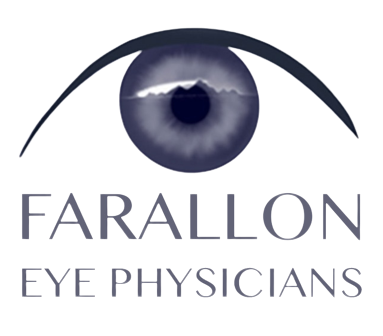Conjunctivitis
Conjunctivitis
Conjunctivitis
Conjunctivitis is an inflammation or infection of the conjunctiva. The conjunctiva is a thin film that covers the inside of your eyelids and the whites of your eyes. There are many causes and types of conjunctivitis. Some kinds are contagious and can occur in widespread outbreaks, including certain types of conjunctivitis that are commonly called Pink Eye. You should contact your doctor if you suspect that you or your child has conjunctivitis. You should not try to “self-treat” this condition. The treatment for conjunctivitis depends on its type and cause.
Anatomy
The conjunctiva is a thin membrane that covers the inside of your eyelids and the outer layer of the white part of the eye, called the sclera. The sclera is a tough protective coat that covers most of your eye. Irritants are washed away from the conjunctiva by your tear system. Tears contain enzymes and antibodies that fight bacteria.
Causes
Viruses are the most common cause of conjunctivitis. Pink Eye is a common term for a type of contagious conjunctivitis caused by a viral infection. Bacteria, fungus, parasites, and Chlamydia are other causes of conjunctivitis. People that wear contact lenses, especially extended wear lenses, are susceptible to conjunctivitis. Allergies, environmental causes, certain diseases, and chemical exposure can cause noncontagious forms of conjunctivitis.
Symptoms
The symptoms of conjunctivitis vary according to its type. You may have symptoms in one or both of your eyes. A common symptom is red painful eyes. Your eyes may produce more tears than usual. Your eyes may produce a discharge. Your eyes may feel gritty and burn or itch. You may have blurred vision. Your eyes may be sensitive to light. Additionally, your eyelids may be inflamed and swollen.
Diagnosis
You should contact your doctor for diagnosis and treatment of conjunctivitis. Your doctor can diagnose conjunctivitis by examining your eyes and the inside of your eyelids. You should tell your doctor about your or your child’s symptoms. Your doctor may swab a sample from your eye for lab testing to determine the cause of your condition.
Treatment
The treatment that you receive for conjunctivitis depends on the type and extent of your condition. You should not try to “self-treat” conjunctivitis. Bacterial forms of conjunctivitis are treated with antibiotic eye drops or ointments. Symptoms from viral conjunctivitis may be relieved with warm compresses (cloths), but antibiotics do not work on viruses. Viruses take time to go away on their own. Avoiding what causes the allergy, allergy treatments, and medications are methods to treat conjunctivitis caused by allergies.
Good hygiene and household or school cleaning can help prevent contagious conjunctivitis from spreading. It is important to wash your hands frequently, and avoid touching your eyes with your hands. You should not share eye cosmetics, hand towels, handkerchiefs, or pillows. Clean or replace such items regularly. Be vigilant about keeping your contact lenses clean and use only fresh contact lens solutions.
Am I At Risk?
Viral conjunctivitis is very contagious. It is important to keep your hands clean and have the person infected use separate towels or paper towels. Do not rub your eyes as the virus is easily transmitted from the conjunctiva to your hands.
This information is intended for educational and informational purposes only. It should not be used in place of an individual consultation or examination or replace the advice of your health care professional and should not be relied upon to determine diagnosis or course of treatment.
The iHealthSpot patient education library was written collaboratively by the iHealthSpot editorial team which includes Senior Medical Authors Dr. Mary Car-Blanchard, OTD/OTR/L and Valerie K. Clark, and the following editorial advisors: Steve Meadows, MD, Ernie F. Soto, DDS, Ronald J. Glatzer, MD, Jonathan Rosenberg, MD, Christopher M. Nolte, MD, David Applebaum, MD, Jonathan M. Tarrash, MD, and Paula Soto, RN/BSN. This content complies with the HONcode standard for trustworthy health information. The library commenced development on September 1, 2005 with the latest update/addition on April 13th, 2016. For information on iHealthSpot’s other services including medical website design, visit www.iHealthSpot.com.
To schedule an appointment for optical, ophthalmology or cosmetic services in Daly City, California, simply call the office of Susan Longar, MD.



